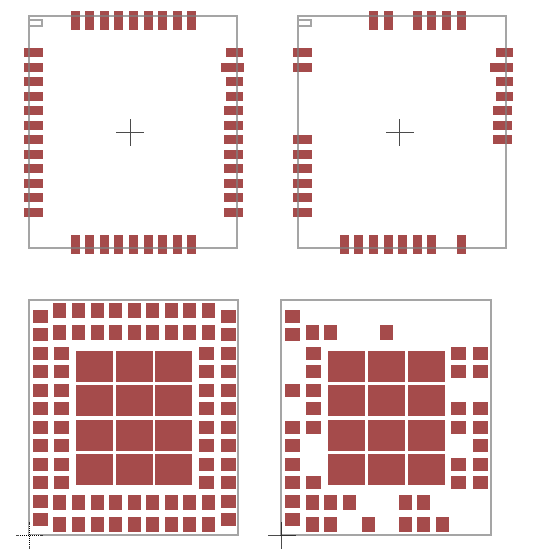 While I developed the Crunchtrack with the automotive field in mind, it became clear pretty soon that the board had a lot of potential in a lot of other applications. The very small board with a powerful MCU, a wide supply range, GSM, GPS and SD card is very flexible, so I bought it to the BattleHack Hackathon to see how far it could go. Continue reading Crunchtrack’s hacks
While I developed the Crunchtrack with the automotive field in mind, it became clear pretty soon that the board had a lot of potential in a lot of other applications. The very small board with a powerful MCU, a wide supply range, GSM, GPS and SD card is very flexible, so I bought it to the BattleHack Hackathon to see how far it could go. Continue reading Crunchtrack’s hacks
Monthly Archives: September 2015
First tests
 So how do you debug/develop for the Crunchtrack? Hardware-wise, the setup is very simple: I designed 2 boards, one is a breadboard adapter that breaks out all the pins from the expansion connector, and the other is the debug adapter that connects the debug connector to ST’s STlink debugger, sawed off from a Nucleo board. Continue reading First tests
So how do you debug/develop for the Crunchtrack? Hardware-wise, the setup is very simple: I designed 2 boards, one is a breadboard adapter that breaks out all the pins from the expansion connector, and the other is the debug adapter that connects the debug connector to ST’s STlink debugger, sawed off from a Nucleo board. Continue reading First tests
OBD adapter board
The first prototype of this board was a disaster. I whipped it up in a rush just to fill some spare space before sending the main board to print, and while the Crunchtrack prototype came out nearly perfect, I messed up almost everything in this very simple board. Continue reading OBD adapter board
Crunchtrack:Schematics…
Schematics are online! As a bonus, I designed 2 verisons of the packages for the SIM800 modules, one with all the pins and one with only the mandatory pins to get the module up and running. I had to resort to this trick to save space for the tightly packed tracks, that on the PCB are spaced at 6/6 mil. A better board manufacturer would allow me to decrease the size of the tracks, but that’s for a future prototype. I don’t like having the modules “flapping around” in the breeze with most of their pins unsoldered, especially in the mechanical stressful environment that is a vehicle.
Design considerations and first prototype
An important goal that I set for this project is that it must be easily replicated and modified by everyone; that’s why I went for a 2 layer board and and a microcontroller in a LQFP package. To meet regulations I will probably have to switch to a 4 layer board in the production version.
Continue reading Design considerations and first prototype
